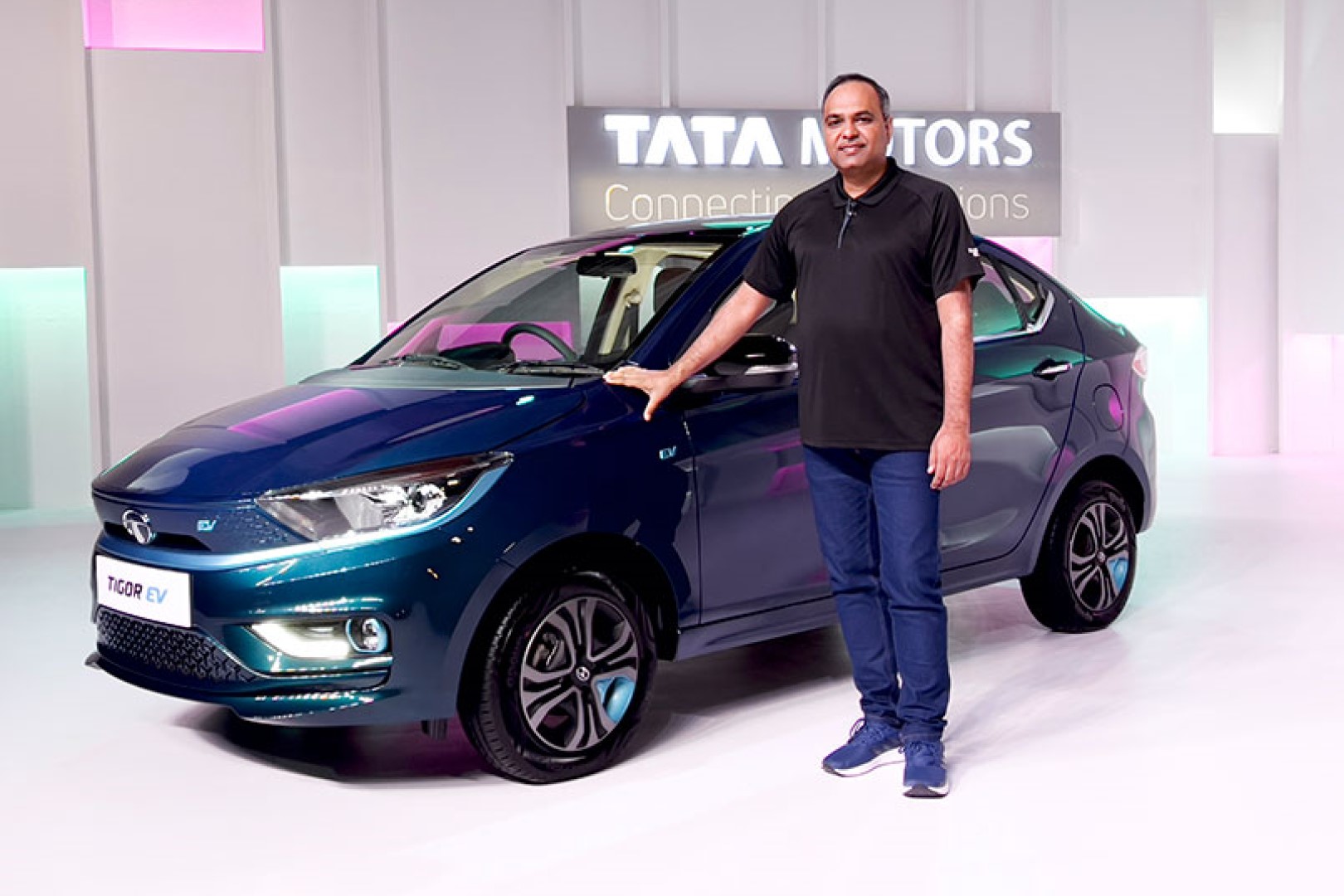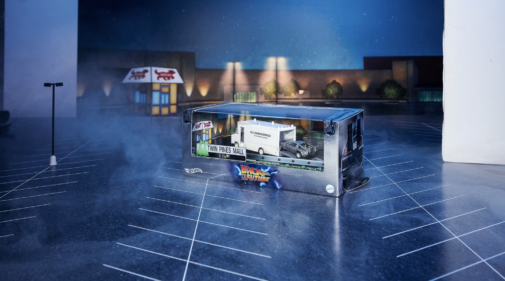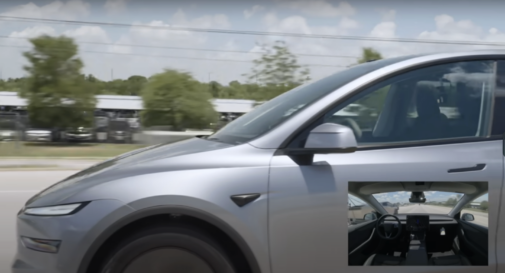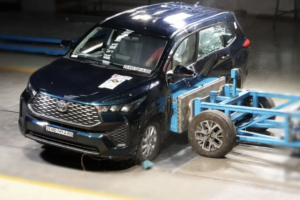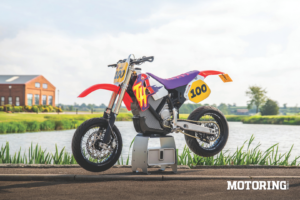With the Tata Tigor EV, the Indian brand has introduced what is the most affordable electric car in India for private buyers. The second vehicle to feature Tata’s Ziptron EV tech is priced from Rs 11.99-13.14 lakh, ex-showroom, India, and is available in four trims — XE, XM, XZ+ and XZ+ Dual Tone.
For Rs 11.99 lakh, you get some creature comforts and tech like an automatic climate control system, front power windows, a tilt adjustable steering, a digital instrument cluster and a front power outlet. Priced just Rs 50,000 higher is the XM, which adds wheel covers, an infotainment system, four speakers, central locking and a day/night inside rear view mirror. It seems like opting for the Rs 12.99 lakh XZ+ makes the most sense as you get 14-inch alloys, LED DRLs, a 7.0-inch touchscreen infotainment system, an eight-speaker system, a rear parking camera, a rear defogger, keyless entry and go, a rear armrest, a cooled glovebox, driver’s seat height adjust, and auto-folding outside mirrors. If you’d like a dual-tone paint finish, that’ll be Rs 15,000 more.
Tata has underlined that safety is a key aspect of the Tigor EV. The all-electric compact sedan has received a four-star safety rating from Global NCAP. All variants are equipped with two airbags, ABS with EBD and corner stability control, and hill ascent and hill descent assist. The battery pack casing also complies with AIS – 048 standards for nail penetration.
When bookings for the Tigor EV had opened, we had talked about its 26-kWh battery pack that powers a 74-bhp and 17.33-kgm motor and propels the compact sedan to 60 kph in 5.7 seconds. Today, Tata has revealed that the lithium-ion battery has been rated at 306 km by ARAI, which means we can expect a real-world driving range of about 200 km. Fast charging (0-80 per cent in a little over an hour), dedicated fast chargers at home/work and a burgeoning public fast charging network should help normalise daily running of this EV. A standard 15 A charger will take about 8.5 hours to charge to 80 per cent.
What we’re looking forward to is the way it drives. With the battery mounted under the seats, centre for gravity should be lower, ideally making it go better around a bend. Tata even says, ‘it also delivers superior driving dynamics and balanced suspension for sharper handling’. We’ll find out how true that is tomorrow when we drive the Tigor EV, but you’ll have to wait until September 8 at 9:00 am to find out.





